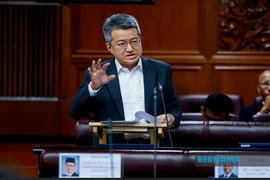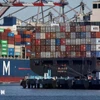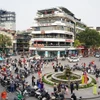Kuala Lumpur (VNA) - Malaysia’s Second Finance Minister Amir Hamzah Azizan has stated that the ASEAN semiconductor market has the potential to exceed 52 billion USD by 2032 by moving up the value chain.
In his remarks at a discussion on the sidelines of 12th ASEAN Finance Ministers’ and Central Bank Governors’ Meeting (AFMGM) and related meetings in Kuala Lumpur on April 8, the official said to grow the region’s semiconductor market, which stood at over 31 billion USD in 2023, ASEAN must look beyond volume and towards value.
That means moving up the value chain into front-end design, fabrication, and intellectual property (IP) development, so that the bloc is not merely a place where innovation is assembled, but where innovation begins, Amir Hamzah said as reported by the local news site The Sun.
He noted that ASEAN holds immense potential to shape the next chapter of the global semiconductor story as it possesses deep industrial capabilities, a growing base of skilled engineers, increasingly sophisticated innovation hubs, and access to some of the world’s most dynamic consumer and enterprise markets.
Talking about the recent US announcement to impose reciprocal tariffs on countries with trade surpluses, he said ASEAN’s best response is not to retreat into protectionism, but to advance through integration. “We must diversify our supply chains, champion open regionalism through frameworks like the Regional Comprehensive Economic Partnership (RCEP) and the Comprehensive and Progressive Agreement for Trans-Pacific Partnership (CPTPP), and make full use of tools like the ASEAN Single Window to reduce friction and build trust,” he said as quoted by the site./.
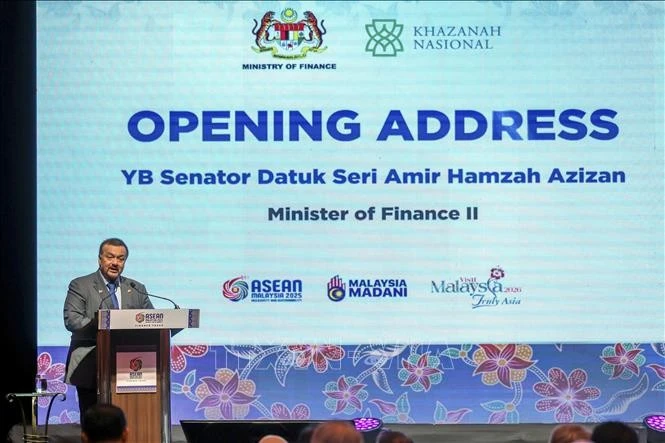
See more
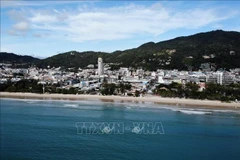
Thailand moves to ensure tourist safety, protect marine ecosystems
As many as 39 support and safety centres have been set up along Thailand's coastlines, aiming to ensure tourist safety and encourage the public to protect marine ecosystems by avoiding littering, refraining from feeding or touching rare marine animals, and respecting natural habitats.
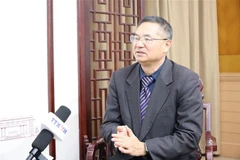
Top Chinese leader’s visit to Vietnam a turning point in bilateral ties: scholar
As two socialist countries, China and Vietnam need to maintain solidarity and engage in mutually beneficial cooperation, contributing to peace and stability in the Asia-Pacific region.

ASEAN, China strengthen media cooperation
Media and think tank representatives from the ten ASEAN member states and China engaged in in-depth discussions on topics such as artificial intelligence (AI) at the ASEAN-China Media and Think Tank Forum in Malaysia on April 11

Singapore expected to ease SGD policy amid US tariff moves
All 14 economists in a Bloomberg survey forecast that the MAS, which uses the exchange rate rather than interest rates to stabilise prices, will reduce the slope in the policy band of the Singapore dollar’s nominal effective exchange rate on April 14.

Thailand’s tourism gloomy in fear of earthquake
TTB Analytics forecasts that Songkran holiday spending will fall by 13.5% year-on-year to 36 billion THB (1.05 billion USD). SCB EIC, a research unit under SCBX, predicts a drop of up to 700,000 international tourists this year due to ongoing safety concerns.

Singapore’s Changi reclaims world’s best airport title in 2025
Singapore's Changi has been named the world’s best airport in 2025 at London-based aviation consultancy Skytrax’s World Airport Awards, after falling to second position in 2024.

Nearly 350 shallow earthquakes recorded in Indonesia’s North Sulawesi
Head of the Geological Agency Muhammad Wafid on April 10 said that the agency also recorded 62 low-frequency earthquakes, 34 deep volcanic earthquakes, three local tectonic earthquakes, and 307 distant tectonic earthquakes.
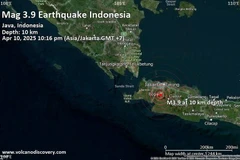
4.1-magnitude earthquake rocks Indonesia’s Bogor city
The agency confirmed that tremors were felt in both Bogor and Depok cities, causing minor damage to some houses in Bogor, about 60 kilometres from Jakarta.
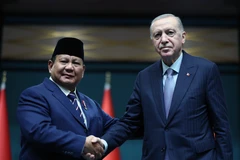
Indonesia, Turkey agree to launch initiatives to strengthen bilateral relations
President Erdogan said at a joint press conference that the two countries have agreed to launch new initiatives to enhance cooperation across multiple areas, including the defense industry, construction, health care, energy, and food processing.

Bangkok ready for Songkran festivities
Comprehensive safety protocols for Songkran venues have been set up throughout Bangkok to ensure a safe and enjoyable festival.
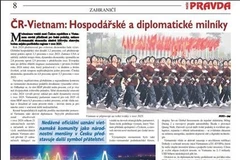
Czech media sees bright outlook for economic ties with Vietnam
The Czech daily Nasepravda highlighted Vietnam's successes last year along with promising economic opportunities between the two countries.

Myanmar to celebrate Ata Thingyan festival without music, dance
The 2025 Myanmar New Year's Ata Thingyan Festival will be celebrated peacefully without music or dance, following a powerful earthquake that struck the country on March 28, resulting in numerous casualties
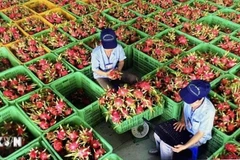
Singapore accelerates digital transformation in import quality checks
Vietnamese exporters of fresh and chilled fruits and vegetables are encouraged to stay abreast of the new system, maintain close communication with their Singaporean counterparts, and ensure timely response to inspection results to avoid disruptions in distribution.
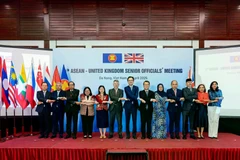
ASEAN, UK look stronger multifaceted cooperation
As the coordinator of dialogue relations, Viet, who is also head of the ASEAN Senior Officials' Meeting (SOM) delegation of Vietnam, highly valued the role of the UK - a member of G7 and G20, in regional cooperation.

Singapore’s healthcare spending to become biggest in Government’s coffers
In 2025, the government has set aside 20.9 billion SGD (15.6 billion USD) for health, second only to spending on defence, which has a budget of 23.4 billion SGD.
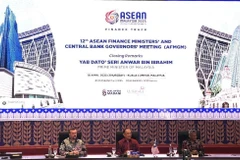
ASEAN pledges support for multilateral trade amidst global economic turbulence
The joint statement highlighted ASEAN's resilience against external headwinds, particularly as the global economy grapples with slowing growth, shrinking international trade, and declining investment flows.

Indonesia develops AI-based system to detect malaria parasites
Indonesia has been developing an artificial intelligence (AI)-based malaria detection system, which will use data from many places across the country to identify distinct malaria parasite species.

Indonesia: 5.9 earthquake shakes West Papua
The Indonesian Agency for Meteorology, Climatology and Geophysics reported that the quake had a depth of 60 km, with the epicenter located 105 km southeast of Asmat district.
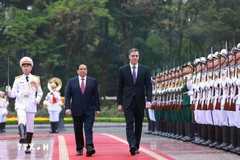
Spanish PM highly evaluates Vietnam's position: Europa Press
Spain's news agency Europa Press quoted PM Sánchez as stating that Vietnam is a rising power in Asia, playing an increasingly significant role on the international stage.

ASEAN urged to remain united, calm, resilient in cooperation with US
Vietnam supports ASEAN’s comprehensive, flexible, and practical approach to enhancing economic resilience and promoting supply chain diversification through the effective utilisation of free trade agreements (FTAs), he affirmed.
